Di Basic Ester
Di Basic Ester Specification
- Refractive Rate
- None provided
- HS Code
- None provided
- Ph Level
- Neutral to slightly basic
- Solubility
- Partially soluble in water; highly soluble in organic solvents
- Structural Formula
- Combination of methyl esters of adipic glutaric and succinic acid
- Density
- 1.09 Gram per cubic centimeter(g/cm3)
- Other Names
- DBE Dibasic Esters
- Poisonous
- No
- Molecular Formula
- Varies based on composition (e.g. C8H14O4)
- Form
- Clear liquid
- Storage
- Store in a cool dry and well-ventilated area
- Molecular Weight
- Varies based on composition (~160-190 g/mol)
- Melting Point
- Below 0C
- Shape
- Liquid
- Boiling point
- 200-220C
- Purity
- Typically >99%
- Smell
- Mild fruity odor
- Classification
- Organic Compound
- Chemical Name
- Di Basic Ester
- CAS No
- None provided
- EINECS No
- None provided
- Grade
- Industrial Grade
- Standard
- ISO Standard
- Type
- Chemical Intermediate
- Usage
- Solvent reagent for chemical synthesis
- Main Material
- Esters of dicarboxylic acids
- Application
- Coatings paints adhesives industrial cleaners and more
About Di Basic Ester
Di Basic Ester is an ester of a dicarboxylic acid. Depending on the application, the alcohol may be methanol or higher molecular weight monoalcohols.
Mixtures of different methyl dibasic esters are commercially produced from short-chain acids such as adipic acid, glutaric acid, and succinic acid. They are non-flammable, readily biodegradable, non-corrosive, and have a mild, fruity odour.
Dibasic esters of phthalates, adipates, and azelates with C8 - C10 alcohols have found commercial use as lubricants, spin finishes, and additives.
FAQs of Di Basic Ester:
Q: What is the grade of Di Basic Ester?
A: Di Basic Ester is of industrial grade.Q: What is the main application of Di Basic Ester?
A: Di Basic Ester is commonly used as a solvent reagent for chemical synthesis in industries such as coatings, paints, adhesives, and industrial cleaners.Q: What is the molecular weight range of Di Basic Ester?
A: The molecular weight of Di Basic Ester varies based on composition, typically ranging from 160-190 g/mol.Q: Is Di Basic Ester toxic?
A: No, Di Basic Ester is non-toxic under normal usage conditions.Q: What is the density of Di Basic Ester?
A: The density of Di Basic Ester is 1.09 grams per cubic centimeter (g/cm3).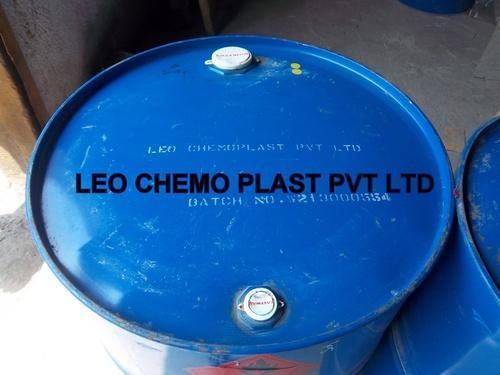

Price:
- 50
- 100
- 200
- 250
- 500
- 1000+
More Products in Industrial Chemicals Category
Ethyl Acetoacetate
Form : Clear Colorless Liquid, Other
Molecular Formula : C6H10O3
Poisonous : No
Other Names : Acetoacetic Acid Ethyl Ester Ethyl 3oxobutanoate
Classification : Organic Compound, Other
Chemical Name : Ethyl Acetoacetate
Refined Glycerine
Form : Liquid
Molecular Formula : C3H8O3
Poisonous : No
Other Names : Glycerin Glycerol
Classification : Chemical, Other
Chemical Name : Glycerine
Glycerine Tech
Form : Liquid
Molecular Formula : C3H8O3
Poisonous : No
Other Names : Glycerin Glycerol
Classification : Chemical Compound, Other
Chemical Name : Glycerine
DI ISO PROPYL ETHER
Form : Other, Transparent liquid
Molecular Formula : C6H14O
Poisonous : No
Other Names : Isopropyl Ether DIPE
Classification : Organic Compound, Other
Chemical Name : Diisopropyl Ether

 Send Inquiry
Send Inquiry
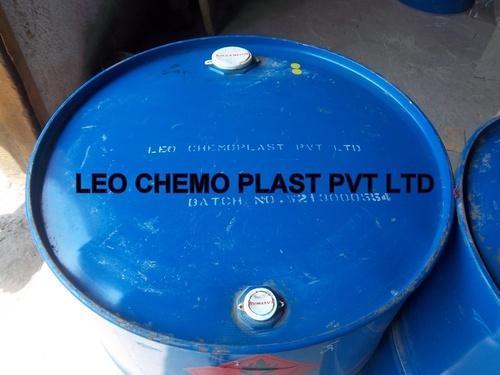
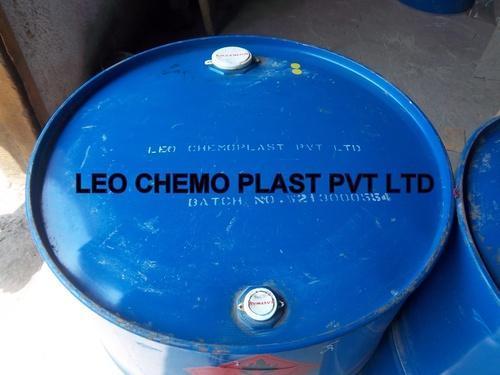
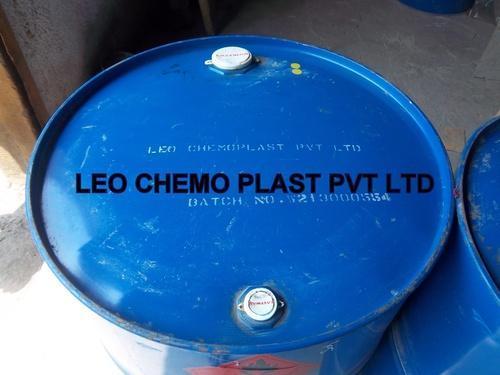
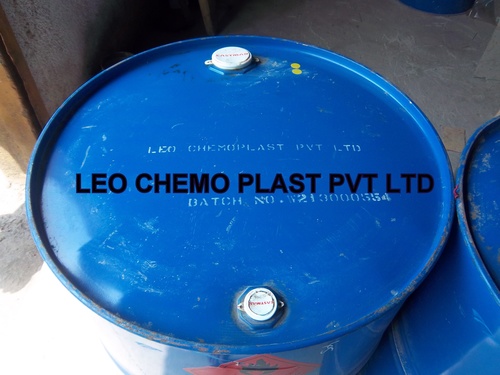


 Send Inquiry
Send Inquiry Send SMS
Send SMS